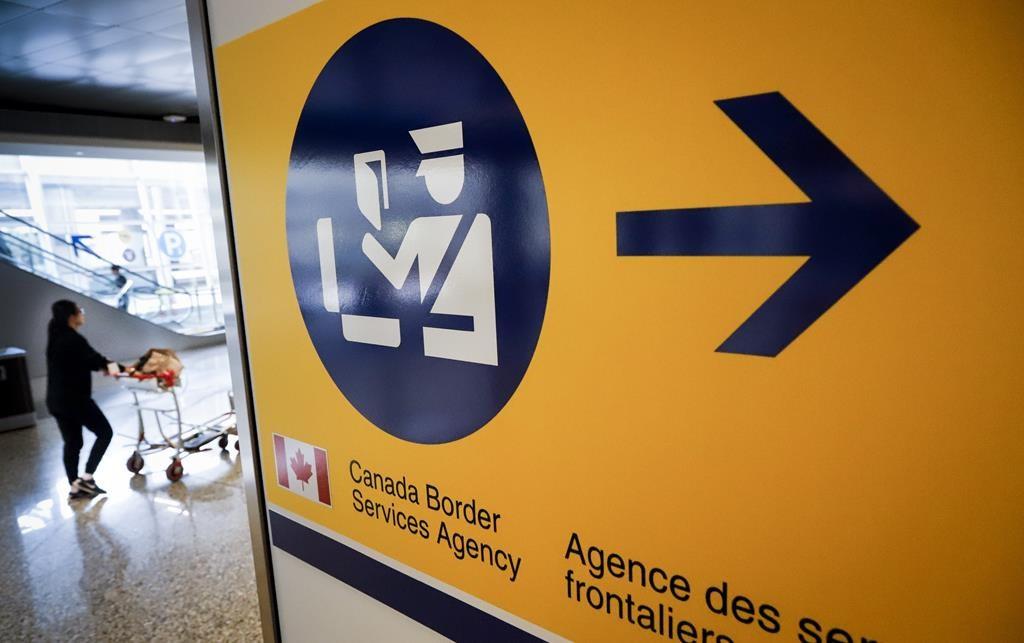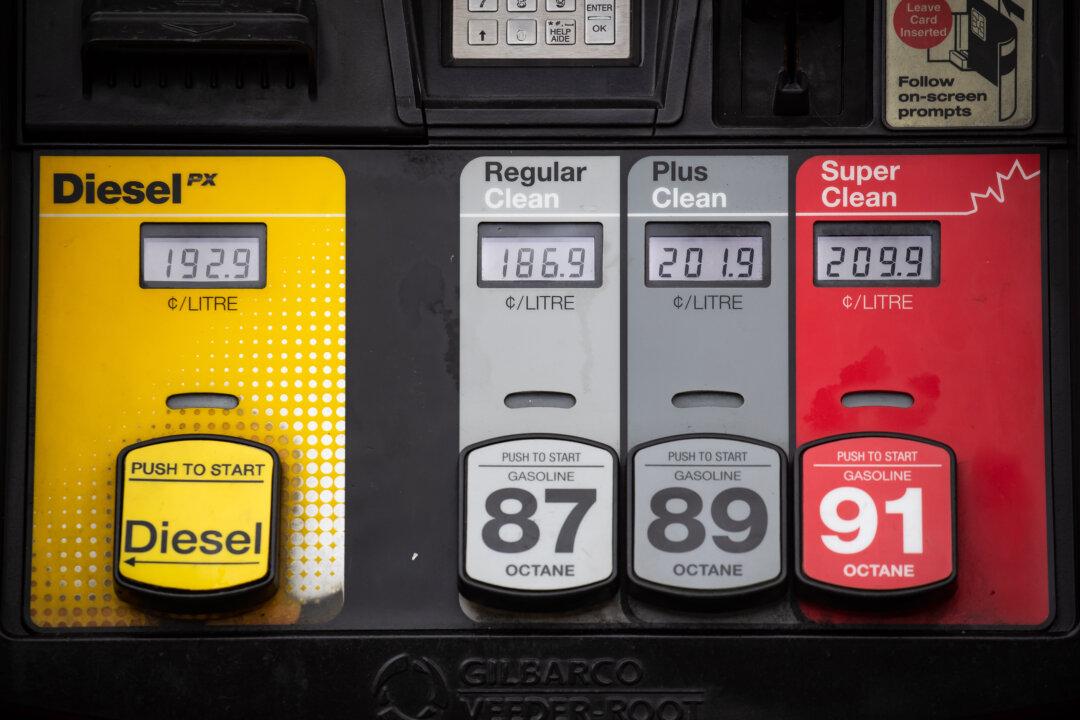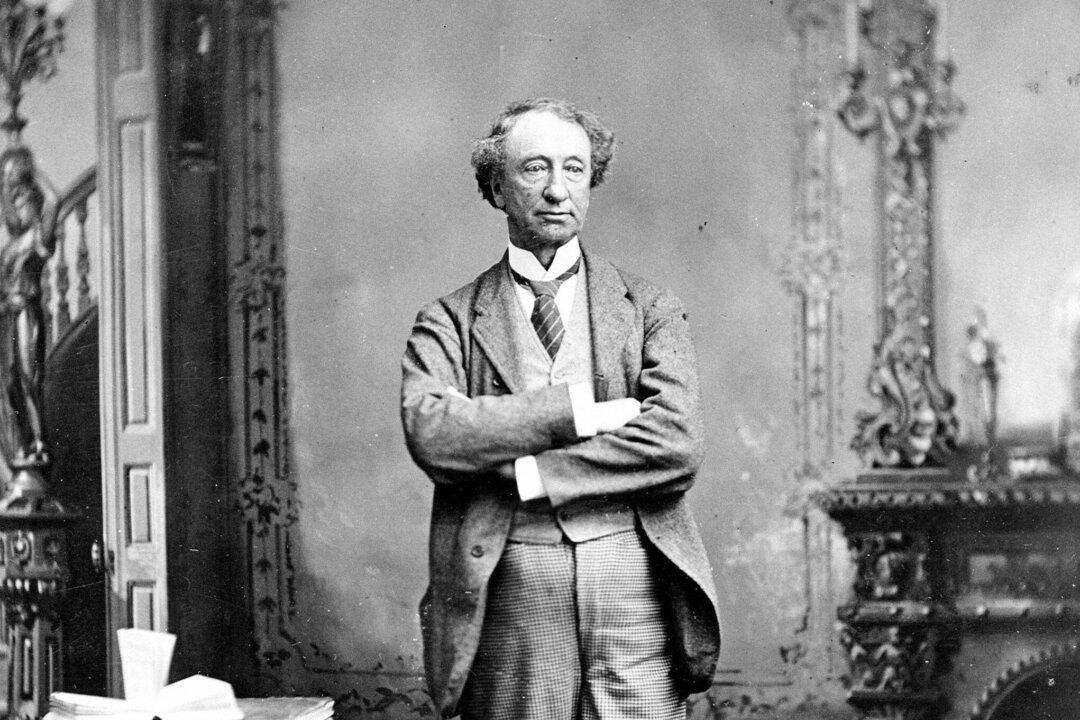The Canadian Border Services Agency has been unable to seize shipments of goods made by forced labour from entering the country since cabinet began a crackdown in 2020, federal records show.
The border agency said it has intercepted just one shipment since July 2020, according to a government response to an Inquiry of Ministry first obtained by Blacklock’s Reporter. The shipment arrived in Canada from China on Sept. 15, 2021 and consisted of $68,623 worth of 100 percent cotton children’s clothes that were classified as “goods mined, manufactured or produced wholly or in part by forced labour.”





